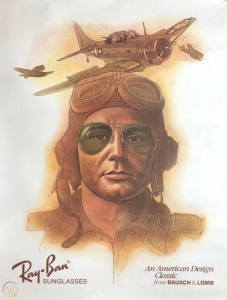 Everyone knows it, the 'Aviator', the ultimate classic aviator glasses. Iconic Americana, widely copied but never equalled. A favourite of film heroes both on and off the set, it is still the first choice of many pilots worldwide. Well, a new icon is born. Inspired by this timelessly cool 'Aviator', we get 'The General',
Everyone knows it, the 'Aviator', the ultimate classic aviator glasses. Iconic Americana, widely copied but never equalled. A favourite of film heroes both on and off the set, it is still the first choice of many pilots worldwide. Well, a new icon is born. Inspired by this timelessly cool 'Aviator', we get 'The General',
Uncompromising, tough... and certainly shameless. A classic revised for the 21ste century.
The General' reinforces the classic lines of the Aviator for a sharper silhouette that perfectly reflects its retro confidence. A bold iconic model. Refreshing too. With 'The General', every outfit is instantly classic, just like the shape that inspired it. But wear it subtly, to embellish e.g. a white t-shirt and jeans. Or wear it tough with a khaki green cardigan and bottoms, then you suddenly have the look that is just as strong as the shape of the glasses.
The General's solid, rugged design deliberately has a military look. This is also reinforced by the double bridge, which of course is reminiscent of the original Aviator. However, it makes a statement in its own right. It's retro yet modern, and doesn't grab your attention, it just asks for it!
Created in 1987 as an ode to General Douglas MacArthur, it has recently been redesigned in a more modern, up-to-date version. Available in a range of colours, frames in shiny or matt, there is always a model to suit everyone. Whether as normal glasses with optical lenses, or as sunglasses.
The frame is available in classic black, military green, or copper colour. The lenses are even available in 8 colours. No matter which combination you choose, there is always a nice version for you. See also: www.ray-ban.com/netherlands.
 Douglas MacArthur,
Douglas MacArthur,
born January 26, 1880 in Little Rock, Arkansas, US and died April 5, 1964 in Washington, D.C., was an American general who commanded American troops during World War II in the Southwest Pacific, commanded Japan after the war during the subsequent occupation and led United Nations troops during the first nine months of the Korean War. In 1944, he was awarded the rank of General with five stars as distinguishing marks, one of only five American five-star generals and one of only eight men to hold that title. Although MacArthur's character was controversial, he possessed exceptional leadership skills.
Apart from being considered a style icon, he was also a very charismatic man with many qualities. He is still praised for his keen strategic insight.
Freemason .˙.
General Douglas MacArthur was, by great exception, exalted as Master Mason (Mason-at-Sight) by Samuel Hawthorne,
Grand Master of the Phillipines on 17 January 1936 and thus attached to Manila Lodge No. 1. He received the 32nd Degree of the AASR, Ancient and Accepted Scottish Rite in Manila. That same year, on 8 December 1947, he received the 33rd Degree of Honour at the American Embassy in Tokyo.
He was also Shriner at the Nile Shrine Temple in Seattle.
About Ray-Ban
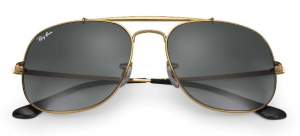 Ray-Ban is originally a sunglasses brand, founded in 1937 by the American company Bausch & Lomb. The brand is best known for its Wayfarer and Aviator models. Classics that have not become obsolete since the brand was founded. Bausch & Lomb lenses also enjoy worldwide appreciation and recognition for their quality.
Ray-Ban is originally a sunglasses brand, founded in 1937 by the American company Bausch & Lomb. The brand is best known for its Wayfarer and Aviator models. Classics that have not become obsolete since the brand was founded. Bausch & Lomb lenses also enjoy worldwide appreciation and recognition for their quality.
Throughout its 80-plus year history, Ray-Ban has pioneered the music and arts, enhancing celebrity culture and creating the power that rock and film stars wield over global fashion. From James Dean to Audrey Hepburn to Michael Jackson, Ray-Ban has proved indispensable to cultural icons who don't want to be seen - but do want to stand out. So it is fair to say that Ray-Ban has undeniably left, and continues to leave, a strong mark on cultural history.
More information on www.ray-ban.com
Raphaël van den Poel, former fashion consultant of Scapa, Reinhard Frans and Atelier NA tailored suits,
writes our weekly blog on gentleman matters. He writes for MYX Magazine, a Flemish luxury lifestyle platform.
He also has his own blog which you can read here: http://belgiandandy.blogspot.com

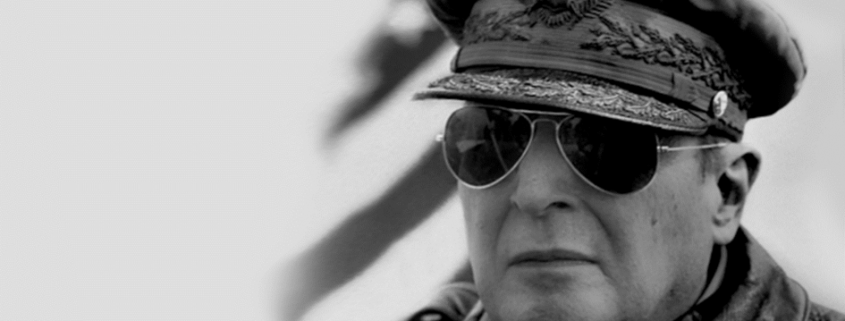

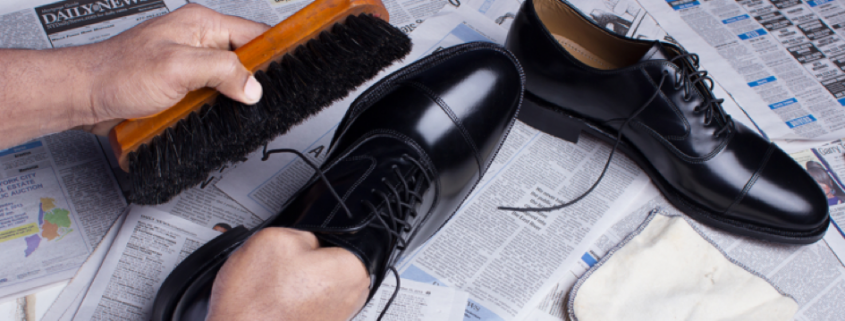
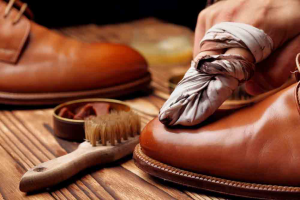
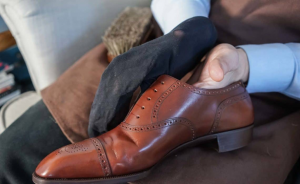
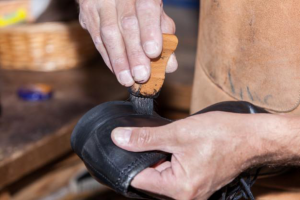
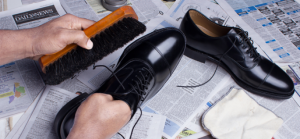
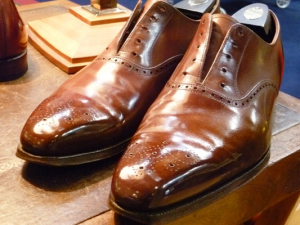

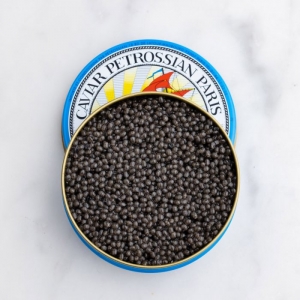

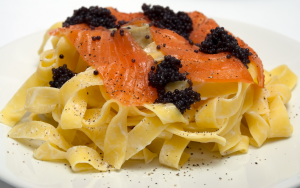

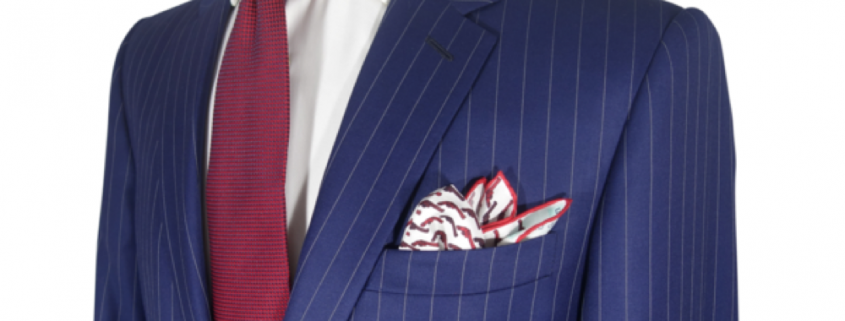
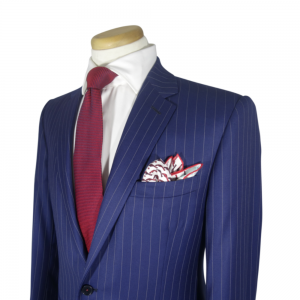
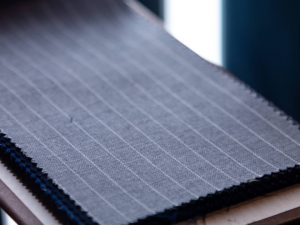

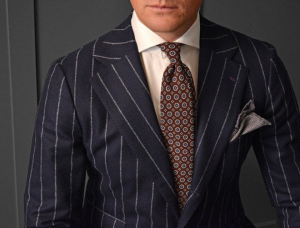
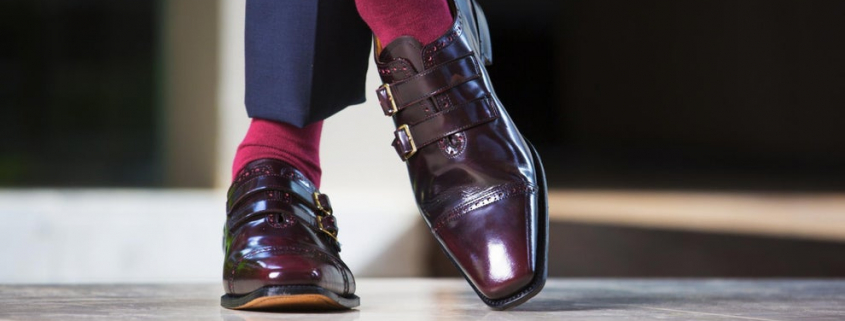

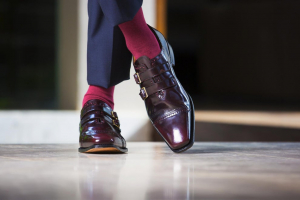
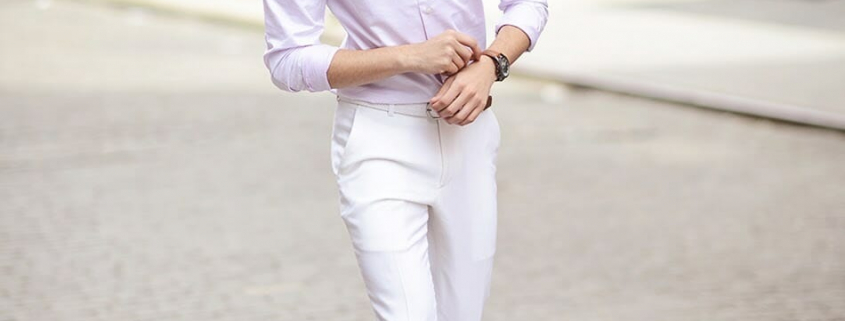

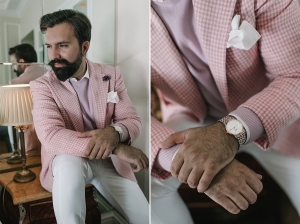
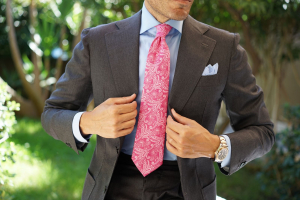

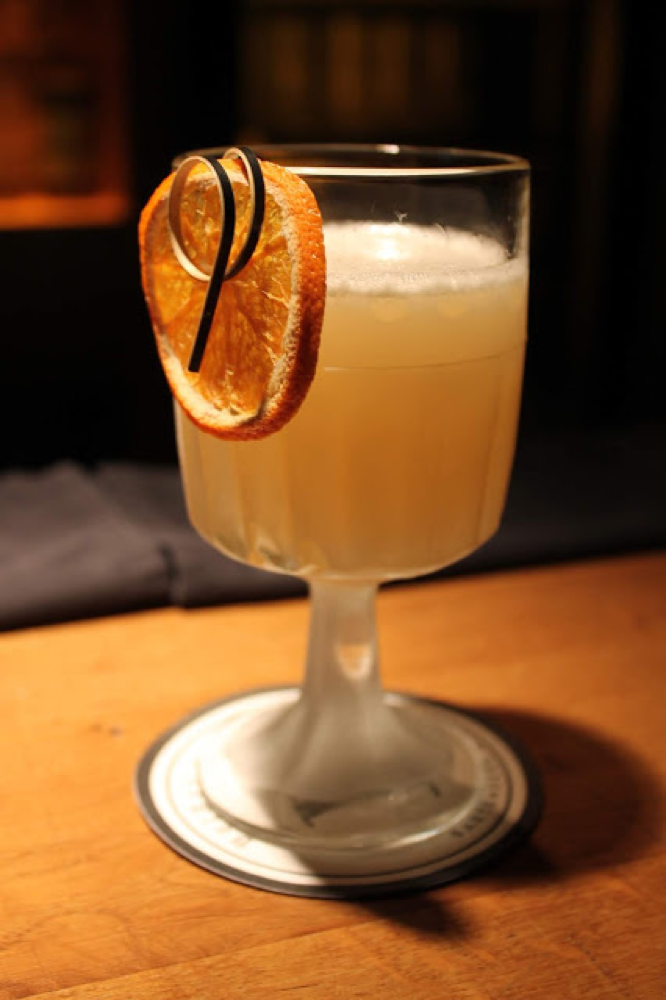
 As you may have gathered, I am a big fan of iconic things. Because, admittedly, they are always iconic for a reason! I drank my first Sidecar during my student days in '
As you may have gathered, I am a big fan of iconic things. Because, admittedly, they are always iconic for a reason! I drank my first Sidecar during my student days in '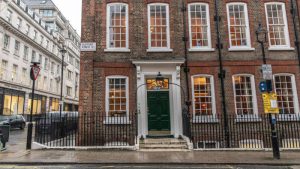 In the early editions of MacElhone's book, he quotes Pat MacGarry as the inventor. The popular bartender in
In the early editions of MacElhone's book, he quotes Pat MacGarry as the inventor. The popular bartender in 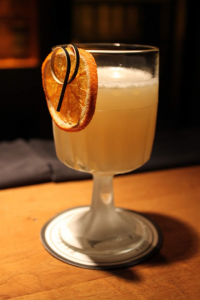 As complicated as it may look in the mixology canon, it deceives you in its simplicity. Actually, it is easy to make like your morning cup of coffee! With the simple combination of just three ingredients and a few ice cubes to spice it up, a perfect taste and aroma match is achieved. Although it is very simple in structure, it is certainly complex enough to satisfy the most spoilt taste buds.
As complicated as it may look in the mixology canon, it deceives you in its simplicity. Actually, it is easy to make like your morning cup of coffee! With the simple combination of just three ingredients and a few ice cubes to spice it up, a perfect taste and aroma match is achieved. Although it is very simple in structure, it is certainly complex enough to satisfy the most spoilt taste buds.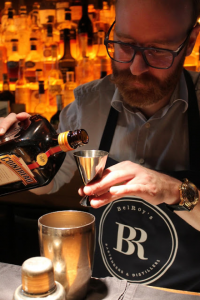 Combine the Cognac or brandy, the Cointreau, and the lime juice in a cocktail shaker, together with the sugar syrup, and fill well with ice cubes. No ice flakes otherwise it will dilute too much. Shake vigorously for at least 10 seconds, and pour through a strainer. Garnish the glass with a slice of orange or lime peel if you wish to brighten it up.
Combine the Cognac or brandy, the Cointreau, and the lime juice in a cocktail shaker, together with the sugar syrup, and fill well with ice cubes. No ice flakes otherwise it will dilute too much. Shake vigorously for at least 10 seconds, and pour through a strainer. Garnish the glass with a slice of orange or lime peel if you wish to brighten it up.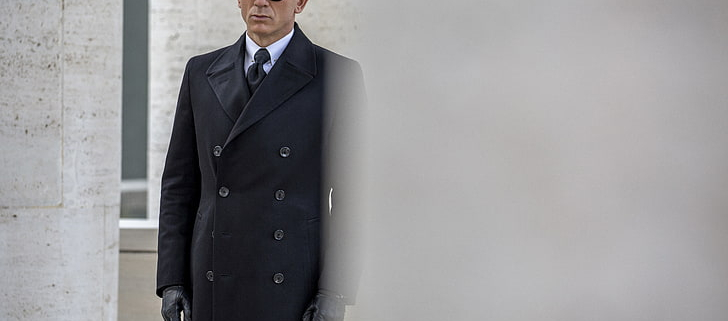
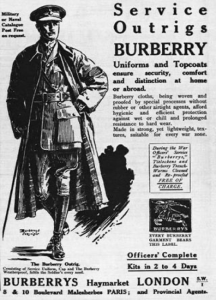 Autumn, so we have rain and cold wind. This requires appropriate clothing. So the mackintosh comes out again!
Autumn, so we have rain and cold wind. This requires appropriate clothing. So the mackintosh comes out again!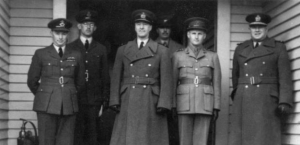 Two British companies claim to have invented this jacket.
Two British companies claim to have invented this jacket.  Unfortunately, the trench coat was not free. Military personnel who wanted to wear it had to pay for it out of their own pockets. A trench coat cost about 3 to 4 pounds, which for an ordinary soldier was the equivalent of 3 to 4 months' pay. The result? The trench coat became a status symbol among the British officers. This even went so far that the army commanders at one point forbade anyone below the rank of sergeant major to wear the coat. Sad, but true. However, this had the unintended effect of greatly increasing the mortality rate among British officers, as the German snipers could now more easily pick them off.
Unfortunately, the trench coat was not free. Military personnel who wanted to wear it had to pay for it out of their own pockets. A trench coat cost about 3 to 4 pounds, which for an ordinary soldier was the equivalent of 3 to 4 months' pay. The result? The trench coat became a status symbol among the British officers. This even went so far that the army commanders at one point forbade anyone below the rank of sergeant major to wear the coat. Sad, but true. However, this had the unintended effect of greatly increasing the mortality rate among British officers, as the German snipers could now more easily pick them off.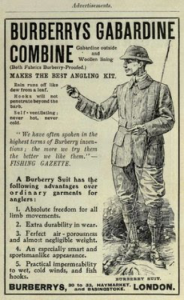 During the Second World Wars, different variants appeared. Usually shorter for more freedom of movement. We won't go into that now, but we can say that the trench coat was here to stay. Nowadays, it graces the streets of both men and women. Not only veterans, but also Hollywood ensured the fame and status and later spread worldwide.
During the Second World Wars, different variants appeared. Usually shorter for more freedom of movement. We won't go into that now, but we can say that the trench coat was here to stay. Nowadays, it graces the streets of both men and women. Not only veterans, but also Hollywood ensured the fame and status and later spread worldwide.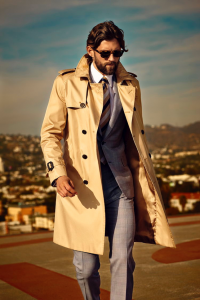 Gabardine is a fabric in a steep twill weave. Traditionally, the fabric is made of wool. Mixes of cotton, artificial fibre and wool, as well as fully synthetic variants, are also common. Gabardine is impregnated with waterproofing agents, is durable and crease-resistant. Because of these properties, it is used for suits and uniforms, but especially for mackintoshes. The origin of the fabric is not entirely clear. British fashion designer Thomas Burberry is said to have invented it in 1879 as a mixture of wool and cotton, but according to other sources, the name is derived from the Parisian fashion house Gabartin.
Gabardine is a fabric in a steep twill weave. Traditionally, the fabric is made of wool. Mixes of cotton, artificial fibre and wool, as well as fully synthetic variants, are also common. Gabardine is impregnated with waterproofing agents, is durable and crease-resistant. Because of these properties, it is used for suits and uniforms, but especially for mackintoshes. The origin of the fabric is not entirely clear. British fashion designer Thomas Burberry is said to have invented it in 1879 as a mixture of wool and cotton, but according to other sources, the name is derived from the Parisian fashion house Gabartin.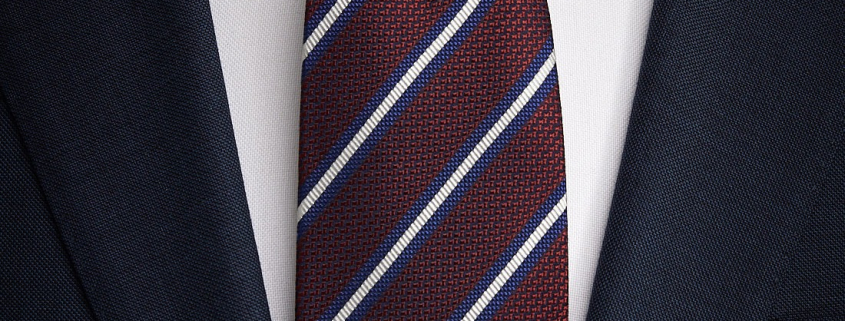
 There is a clear difference between English and American stripes, namely the direction. You may wonder why and how this is so. Well, we are happy to explain it to you.
There is a clear difference between English and American stripes, namely the direction. You may wonder why and how this is so. Well, we are happy to explain it to you.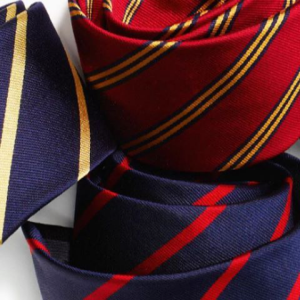 Rebellion was the birth of a style icon.
Rebellion was the birth of a style icon.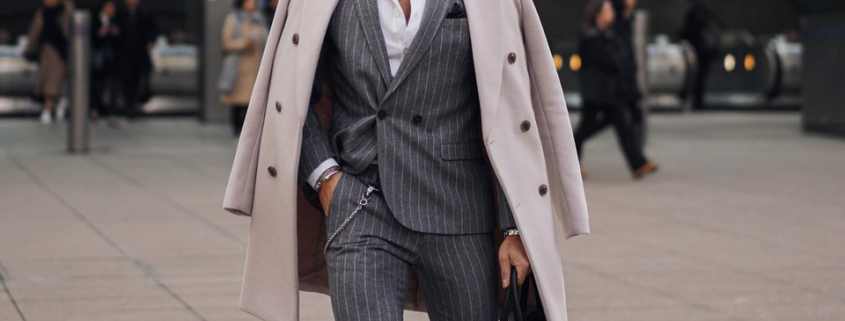
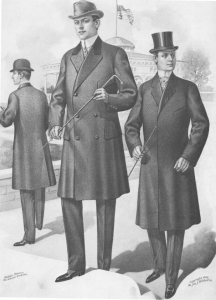 Overcoats come in a variety of styles and models.
Overcoats come in a variety of styles and models.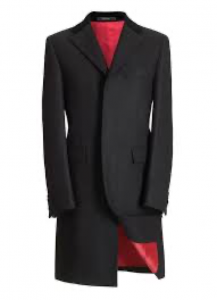
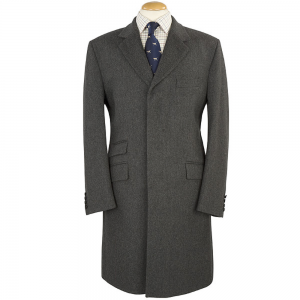 The Chesterfield is a long, overcoat named after
The Chesterfield is a long, overcoat named after 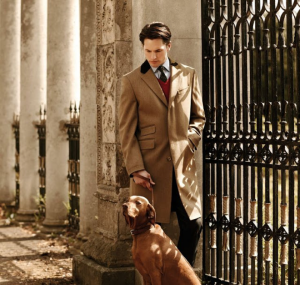 The covert coat was originally a short overcoat worn while hunting. Today, it is sold as a regular overcoat. However, it was designed in the late 19the century to wear while riding. That is why the jacket always has a high slit in the back. The Covert fabric from which the jacket is made, is a sturdy
The covert coat was originally a short overcoat worn while hunting. Today, it is sold as a regular overcoat. However, it was designed in the late 19the century to wear while riding. That is why the jacket always has a high slit in the back. The Covert fabric from which the jacket is made, is a sturdy 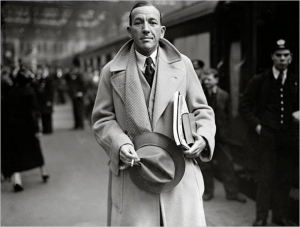 The polo coat, also known as the camel overcoat, was originally worn by polo players in England.
The polo coat, also known as the camel overcoat, was originally worn by polo players in England.